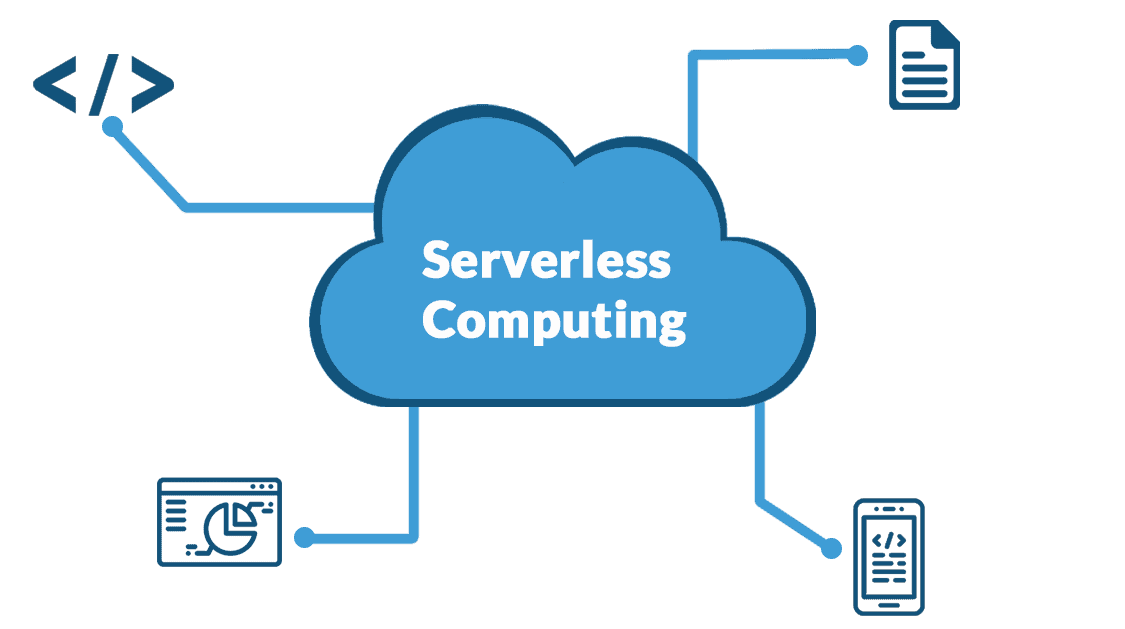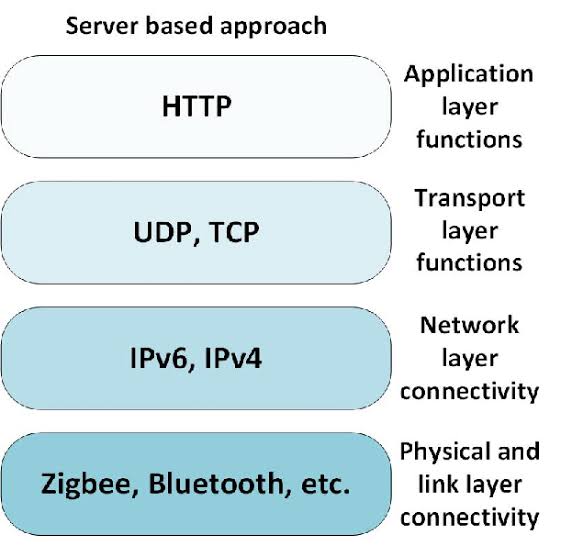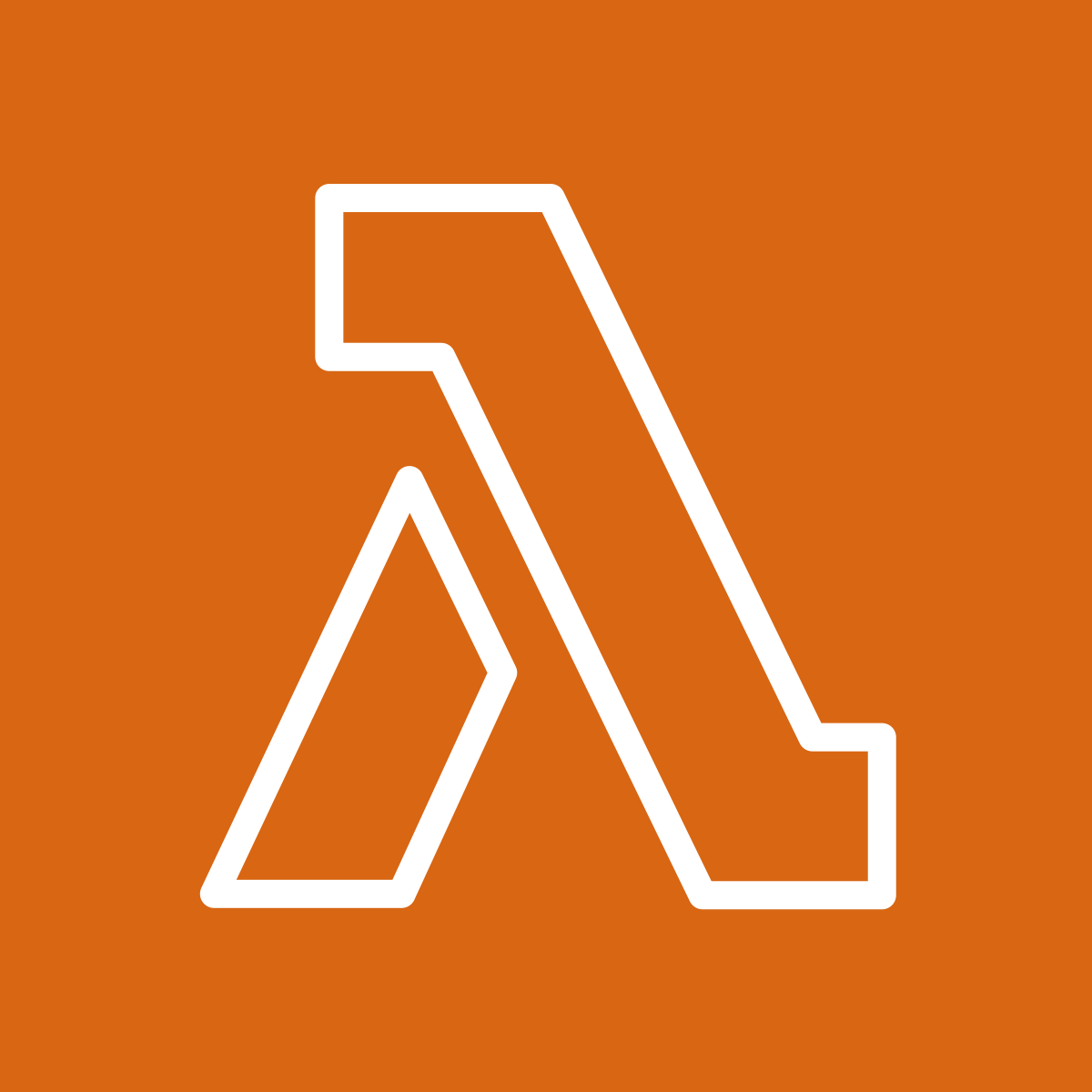Serverless computing has become a cornerstone in modern application development, offering a paradigm shift from traditional server-based architectures. Developers are increasingly turning to serverless platforms like AWS Lambda, Azure Functions, and Google Cloud Functions for their scalability, cost-efficiency, and ease of use. In this blog, we will dive into the core concepts of serverless computing, provide detailed insights into each platform, and conduct a thorough comparative analysis. Let us get started.
What is Serverless Computing?

Serverless computing, often referred to as Function as a Service (FaaS), is a cloud computing model that allows developers to write and deploy code without dealing with the complexities of server management. In this model, functions are executed in response to events, and the cloud provider automatically handles the infrastructure scaling. This abstraction frees developers from the burden of provisioning and maintaining servers, leading to increased development agility and cost savings.
dAs an example, let us consider the foundational concept with a simple AWS Lambda function:
javascript
// AWS Lambda function in Node.js
exports.handler = async (event) => {
console.log(‘Event received:’, JSON.stringify(event));
return {
statusCode: 200,
body: JSON.stringify(‘Hello, Serverless World!’),
};
};
In this example, the Lambda function logs an incoming event and responds with a basic “Hello, Serverless World!” message.
Comparison with Traditional Server-Based Architecture

Contrary to traditional server-based architectures, where developers are responsible for provisioning, configuring, and maintaining servers, serverless computing abstracts away this infrastructure management. This fundamental shift eliminates the need for capacity planning, leading to more efficient resource utilization and significant cost reductions.
Scalability, Flexibility, and Cost-Efficiency
Serverless architectures offer inherent scalability, automatically adjusting resources based on demand. This dynamic scaling ensures optimal performance during varying workloads. Also, serverless models follow a pay-as-you-go pricing structure, where users are billed based on actual resource consumption, contributing to cost-efficiency.
AWS Lambda

OverviewAWS Lambda, a serverless compute service provided by Amazon Web Services (AWS), is a pioneer in the serverless computing space. Lambda allows developers to run code without provisioning or managing servers, making it an attractive choice for building scalable and event-driven applications.
Getting Started: AWS Lambda
Let us walk through the process of creating a basic AWS Lambda function:
- Navigate to the AWS Lambda console.
- Click “Create function” and choose “Author from scratch.”
- Enter a function name, choose the runtime (e.g., Node.js), and set up an execution role.
- AWS Lambda Example (Expanded):
javascript
// AWS Lambda function in Node.js
exports.handler = async (event, context) => {
try {
console.log(‘Event received:’, JSON.stringify(event));
// Perform additional processing based on the event
return {
statusCode: 200,
body: JSON.stringify(‘Hello, Serverless World!’),
};
} catch (error) {
console.error(‘Error:’, error.message);
return {
statusCode: 500,
body: JSON.stringify(‘Internal Server Error’),
};
}
};
In this expanded example, we’ve added error handling and demonstrated the potential for additional event-based processing within the Lambda function.
Advanced Features
AWS Lambda provides advanced features such as seamless integration with other AWS services, environment variable management, and robust monitoring capabilities through AWS CloudWatch.
Azure Functions

Azure Functions, Microsoft’s serverless compute service, offers support for multiple programming languages and integrates seamlessly with the Azure ecosystem. Let’s explore the basics of Azure Functions.
Getting Started: Azure Functions
Creating an Azure Function involves the following steps:
- In the Azure portal, click “Create a resource” and search for “Function App.”
- Create a new Function App and add a new function with the desired runtime and trigger type.
- Azure Function Example (Expanded):
csharp
// Azure Function in C#
public static class HttpTrigger
{
[FunctionName(“HttpTrigger”)]
public static async Task<IActionResult> Run(
[HttpTrigger(AuthorizationLevel.Function, “get”, “post”, Route = null)]
HttpRequest req, ILogger log)
{
try {
log.LogInformation(“C# HTTP trigger function processed a request.”);
string name = req.Query[“name”];
if (name != null) {
return new OkObjectResult($”Hello, {name}”);
} else {
return new BadRequestObjectResult(“Please pass a name on the query string”);
}
} catch (Exception ex) {
log.LogError($”Error: {ex.Message}”);
return new StatusCodeResult(500);
}
}
}
This example includes improved error handling and additional logging for enhanced robustness.
Advanced Features
Azure Functions offer advanced features like Durable Functions for stateful workflows and integration with Azure Application Insights for comprehensive monitoring and analytics.
Google Cloud Functions

Google Cloud Functions, part of the Google Cloud Platform (GCP), provides a serverless compute service that automatically scales based on demand. Let’s explore the basics of Google Cloud Functions.
Getting Started: Google Cloud Functions
Setting up a Google Cloud Function involves the following steps:
- In the Google Cloud Console, navigate to Cloud Functions.
- Click “Create function,” provide a name, select the runtime (e.g., Python), and specify the function’s entry point.
- Google Cloud Function Example (Expanded):
python
# Google Cloud Function in Python
def hello_world(request):
try:
# Additional processing based on the request
return ‘Hello, Serverless World!’
except Exception as e:
print(f’Error: {str(e)}’)
return ‘Internal Server Error’, 500
In this example, we have added a try-catch block for error handling and showcased the potential for additional request-based processing.
Advanced Features
Google Cloud Functions provide advanced features such as seamless integration with other Google Cloud services, secure environment variable management, and robust monitoring through Google Cloud Logging.
Comparative Analysis
Performance Comparison
Performance is a critical factor when choosing a serverless platform. While each platform boasts high performance, specific use cases may benefit from one provider over another. Conducting thorough benchmarks tailored to your application’s needs is crucial.
Pricing Models and Considerations
Each cloud provider has its pricing model for serverless computing. AWS Lambda charges based on the number of requests and execution time. Azure Functions considers execution time and resource consumption, and Google Cloud Functions factors in the number of invocations and execution time. Consider these pricing models to determine the most cost-effective solution for your workload.
Use Case Scenarios
The choice between AWS Lambda, Azure Functions, and Google Cloud Functions often depends on specific use cases. AWS Lambda excels in its extensive ecosystem and integrations, Azure Functions is well-suited for Microsoft-centric environments, and Google Cloud Functions shines in scenarios requiring tight integration with Google Cloud services.
Best Practices and Tips
Security Considerations
Ensure proper security measures by restricting access using IAM roles, encrypting sensitive data, and securing communication channels. Regularly review and update permissions to follow the principle of least privilege.
Optimizing for Performance
Optimize your functions for performance by considering factors like function duration, memory allocation, and using appropriate runtime versions. Leverage caching mechanisms and choose the right trigger and binding types to improve efficiency.
Handling Dependencies and External Libraries
Consider the size of your deployment package and be mindful of dependencies. Minimize the package size to reduce cold start times and optimize function performance. Use lightweight libraries and only include necessary dependencies.
Monitoring and Debugging Strategies
Implement comprehensive monitoring using cloud provider tools. Set up alerts for critical events and use logging to capture relevant information. Leverage debugging features provided by each platform to troubleshoot issues efficiently.
Conclusion
In conclusion, serverless computing has become a cornerstone in modern application development, offering a scalable, cost-effective, and developer-friendly approach. AWS Lambda, Azure Functions, and Google Cloud Functions each bring unique strengths to the table, catering to specific use cases and preferences. By understanding the core concepts, exploring features, and considering best practices, you can make informed decisions on which platform best suits your serverless implementation. Adapt to the power of serverless computing now to build efficient, scalable, and cost-effective applications in the cloud.






Add comment